Exercise and Nutrition: A Marriage Made in Heaven, But for our Bodies
Many trainers are very well aware of the power of both exercise and nutrition to influence not only our performance but our health as well. Unfortunately, many trainers have made themselves experts in nutrition and are practicing nutritional therapy illegally. Yes, illegally. The nutrition police are not likely to catch you, but just like an unauthorized person can not dispense drugs legally, a trainer should not be giving advice on SPECIFIC diets, designed by themselves, to cure or relieve SPECIFIC diseases or conditions.
You see how the word specific was capitalized. This was done because trainers CAN give general advice to “apparently healthy” people on what foods can do. They can advise people on a certain diet designed by a nutritionist or physician. They can even advise clients on a supplement’s intended function, but not tell them which SPECIFIC ones to take, or the amounts, especially if there is some clinical condition. The vast majority of trainers are guilty of violating at least one of these conditions.
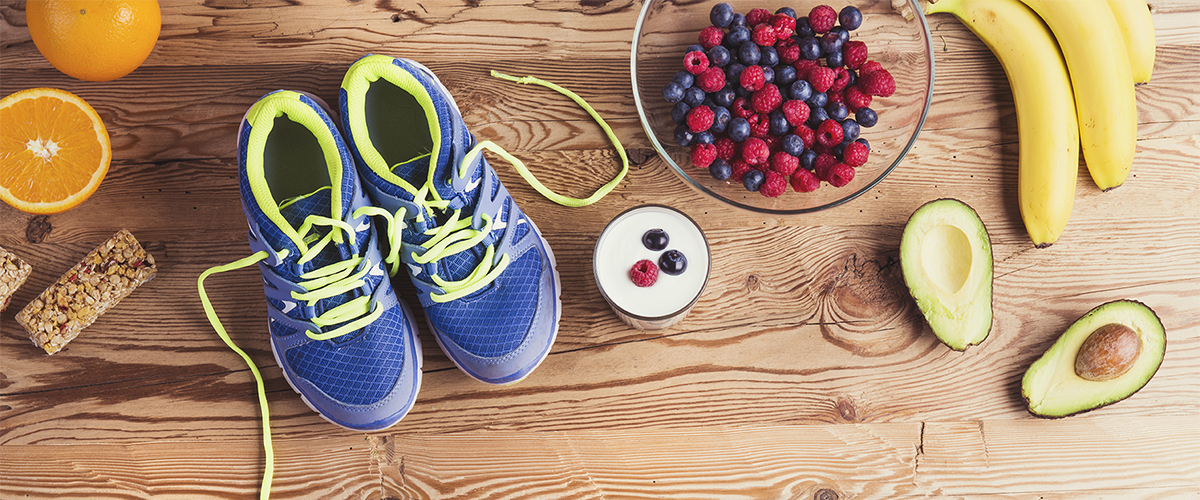
Okay, off my soapbox and back to the marriage. Our bodily processes require fuels and use enzymes to perform almost every reaction in our bodies. The vitamins and minerals that we need are known as “essential” because the body either doesn’t produce it, or produce enough of it, to sustain healthy living. Vitamins are organic molecules and are sometimes referred to as coenzymes, and minerals are sometimes referred to as cofactors, because both are needed for different enzymes, or even hormones, to properly function. You probably know that if you are low in iron, the hemoglobin in red blood cells will not properly form, thus, it will not carry oxygen and will result in anemia. The same with iodine and thyroid hormone, and many, many other examples are well known to the public at large.
Exercise on the other end will stimulate processes like bone-building, and then the calcium, phosphorus, magnesium, sulfur, calcitriol (Vitamin D3), can step in and “do their thing” in depositing a new, stronger bone matrix. Without the stimulus of exercise, there is minimal use of the nutrients and they will be excreted. By the same token, the better the nutrients we put into our body, the better we can perform exercise, recover, build muscle, improve enzyme function, and a whole bunch of other things!
MedFit Classroom’s Osteoporosis Fitness Specialist online course is also known as “Project BONE” for Beating Osteoporosis with Nutrition and Exercise. It’s these two simple tools that we can use to actually reverse osteoporosis, not to mention prevent or delay its onset. Many disease conditions can be prevented when we “obey our blueprints”. When we follow the advice of geniuses like Thomas Edison – to have the physician of the future be interested in the food and care of the human frame, or Hippocrates believing walking and food as medicine were essential components of any health care plan.
The trick is not appreciating the marriage of nutrition and exercise, but getting your client to actually change the way they eat or activities they do. Radical changes almost always end up in radical termination of any change. The popular Transtheoretical Theory of Change, with the various stages of readiness for change, discusses how any major change in behavior is a process, and sometimes a slow, painful one. It takes a lot of effort, both mentally and physically. The Osteoporosis Fitness Specialist course includes a video component called “EAT this, NOT that.” It was named after a popular Men’s Fitness book series, discussing how to substitute one food that is good for you with another that is not. For example, eating a baked potato with yogurt versus French fries.
By knowing the “why” you are eating something, and knowing “what” foods have them, as well as “how” to look for it in certain foods, it makes the “when” and “where” to purchase the foods easier. Often people will acquire new favorite foods and perform new “favorite” exercise when they are fun and easy to access. Help this marriage last and spark the romance of exercise and diet in your life.
Dr. Mark P. Kelly has been involved with the health and fitness field for more than 30 years. He has been a research scientist for universities and many infomercial projects. He has spoken nationally and internationally on a wide variety of topics and currently speaks on the use of exercise for clinical purposes and exercise’s impact on the brain. Mark is a teacher in colleges and universities in Orange County, CA., where Principle-Centered Health- Corporate Wellness & Safety operates.

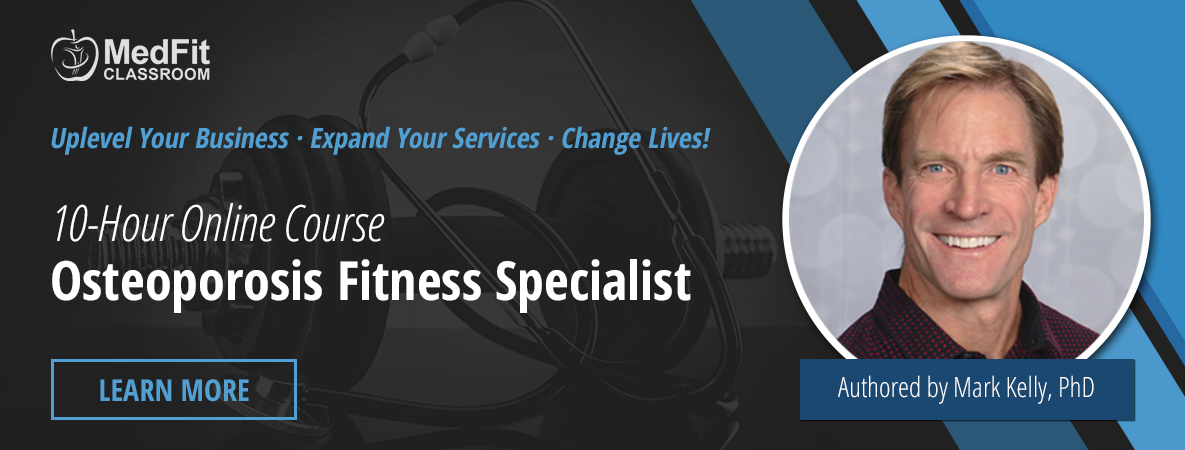
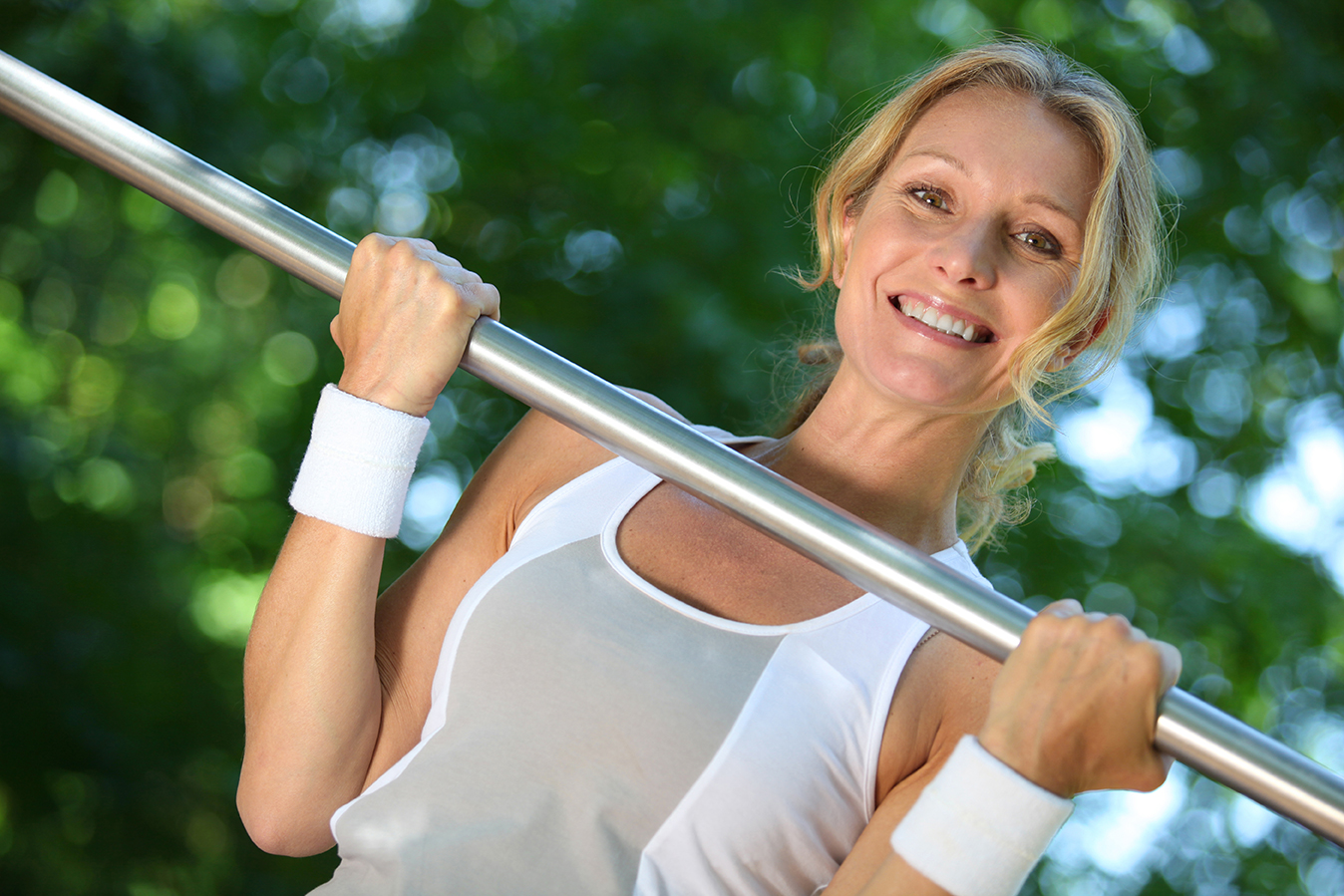

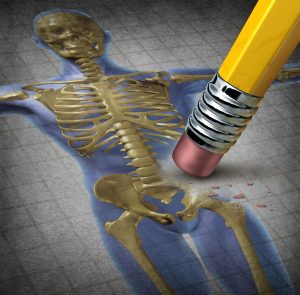 It is a unique course in the fitness world because it is a total turn-key format. It starts in the first module with education on bone anatomy and physiology. It then delves into what osteoporosis and osteopenia are and how our bone mass naturally changes across time. It then goes into some of the mechanisms of how bone adapts to the stresses we put on it as well as the interrelationships between joints, bones and movements and how they can improve or decrease with movement or lack of it.
It is a unique course in the fitness world because it is a total turn-key format. It starts in the first module with education on bone anatomy and physiology. It then delves into what osteoporosis and osteopenia are and how our bone mass naturally changes across time. It then goes into some of the mechanisms of how bone adapts to the stresses we put on it as well as the interrelationships between joints, bones and movements and how they can improve or decrease with movement or lack of it.
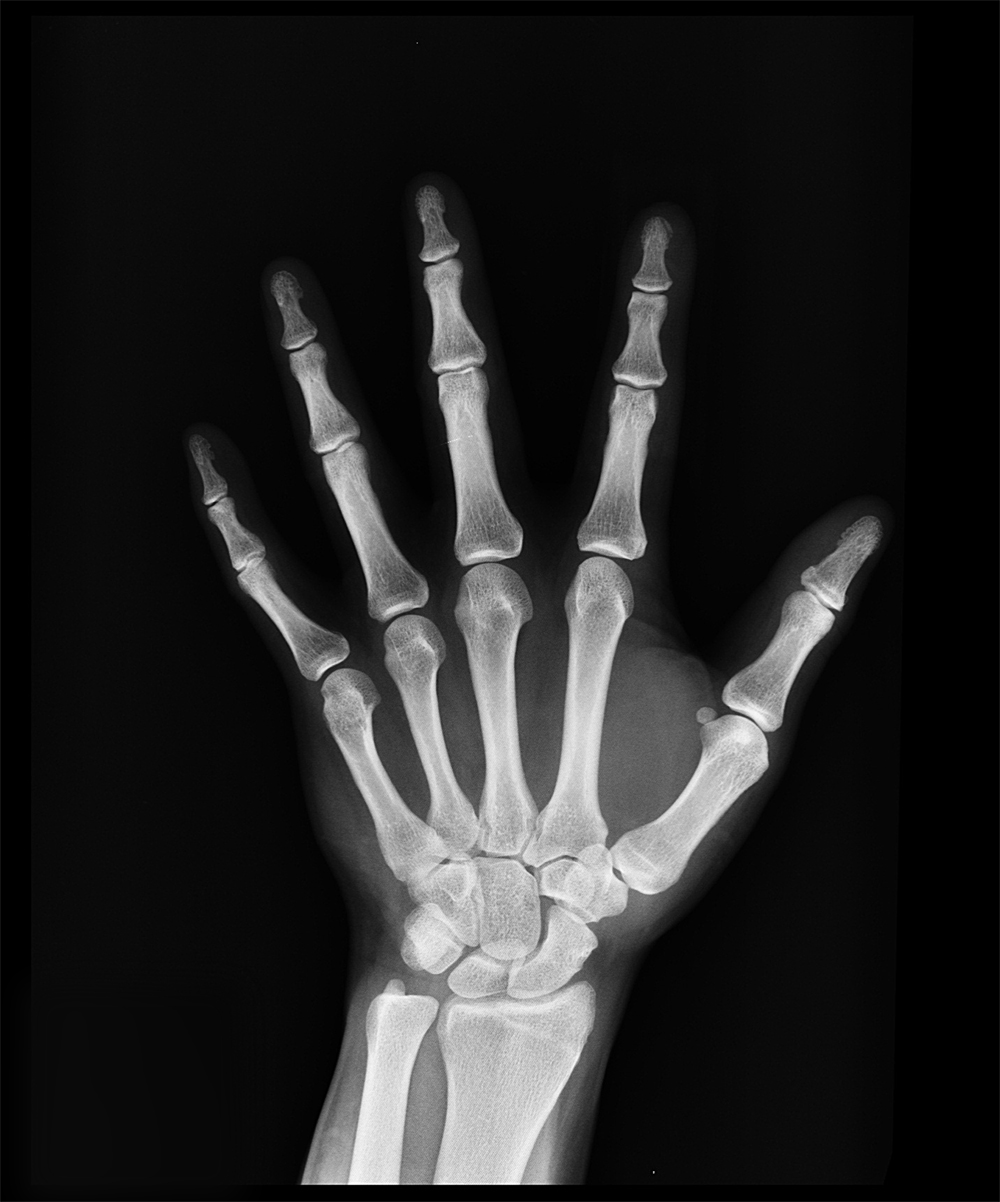
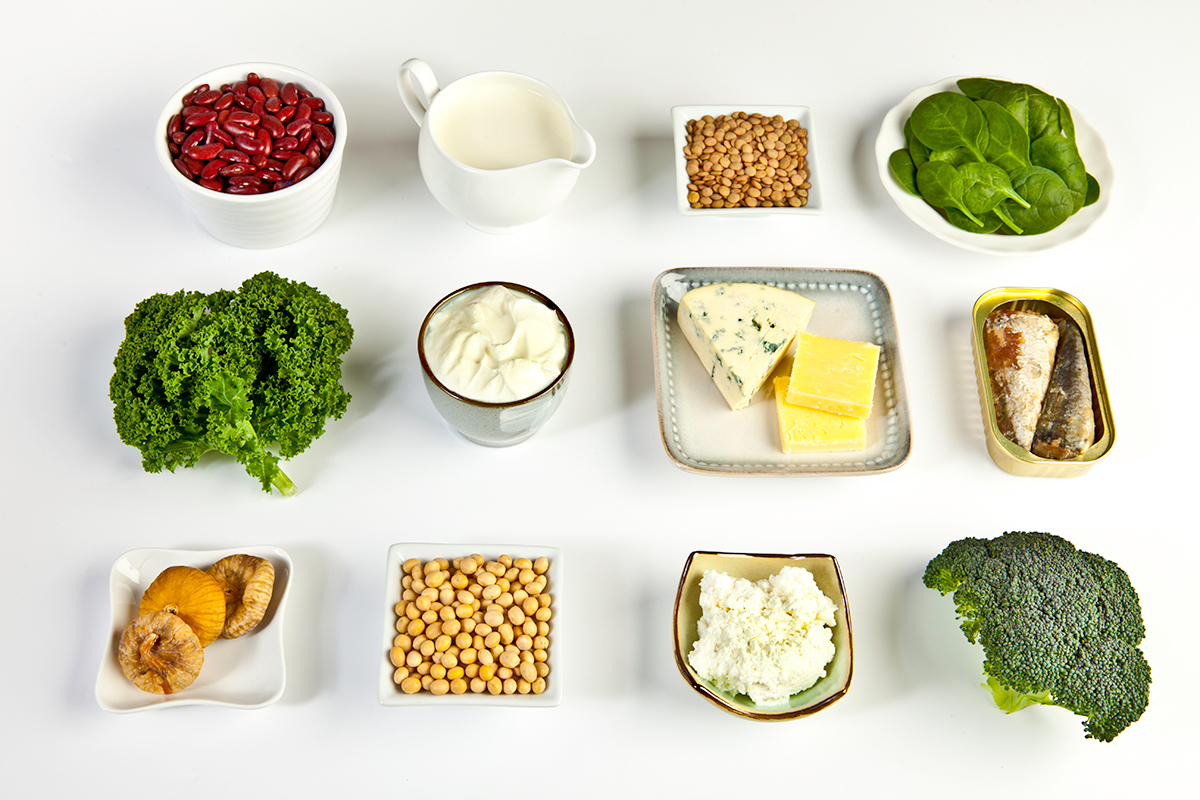
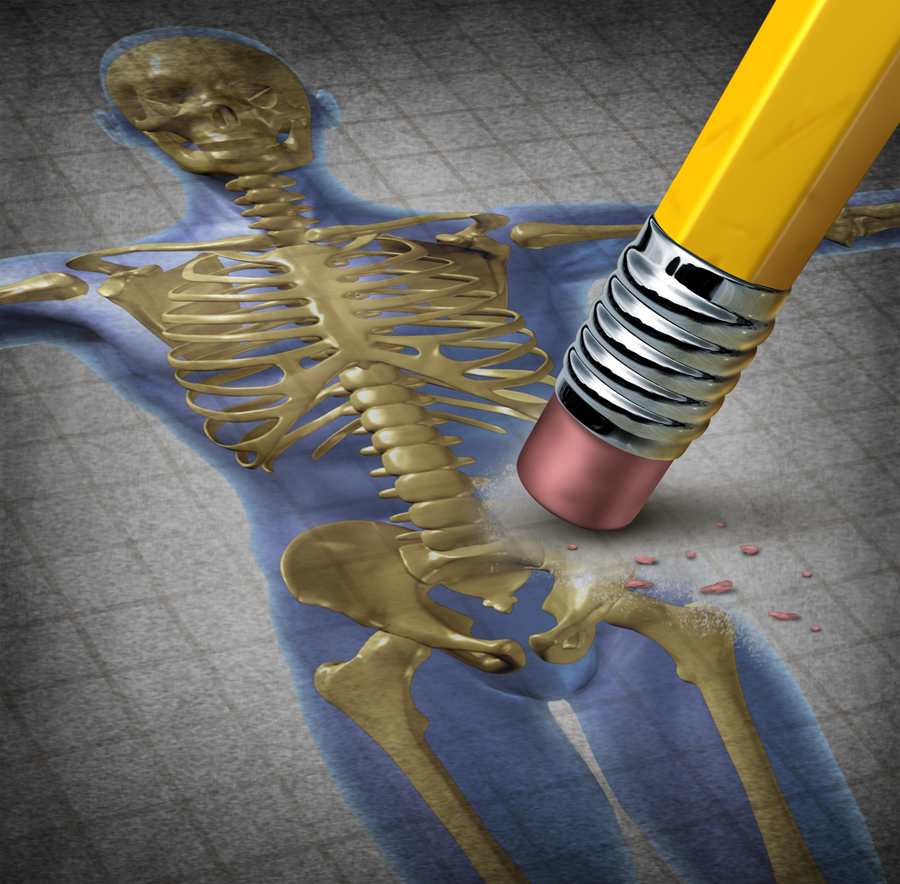
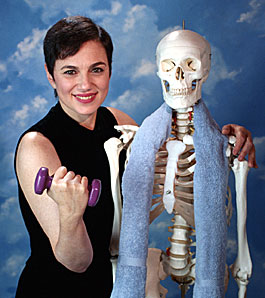 At that time there wasn’t much research available. But even then, the studies I found on tennis players, astronauts, and bed rest pointed in the direction that weight-bearing exercise could help maintain the bone density you have and even promote bone growth. I was intrigued. I’ve followed the research over the years and even created an osteoporosis exercise program.
At that time there wasn’t much research available. But even then, the studies I found on tennis players, astronauts, and bed rest pointed in the direction that weight-bearing exercise could help maintain the bone density you have and even promote bone growth. I was intrigued. I’ve followed the research over the years and even created an osteoporosis exercise program.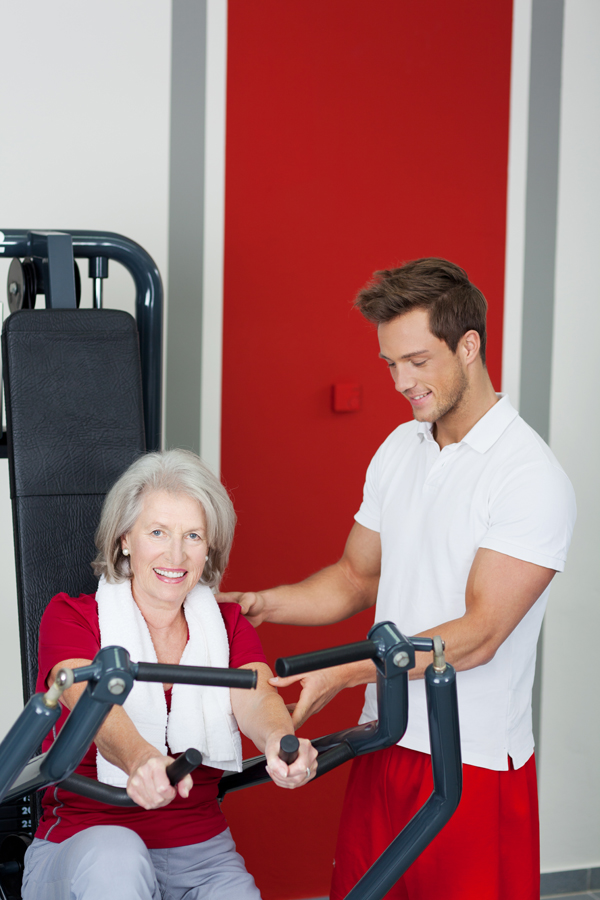
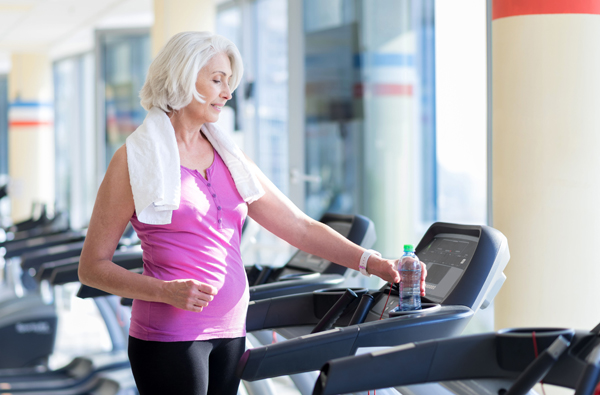
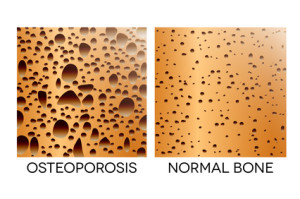 Osteoporosis is a
Osteoporosis is a  Furthermore, strengthening the muscles which surround bones and joints can have a very positive impact on the individual fighting the disease. Stronger muscles mean that, even when sitting or standing, the individual uses less of their bone structure to support their body and uses more of their muscular system. This constitutes great progress.
Furthermore, strengthening the muscles which surround bones and joints can have a very positive impact on the individual fighting the disease. Stronger muscles mean that, even when sitting or standing, the individual uses less of their bone structure to support their body and uses more of their muscular system. This constitutes great progress.